Are you feeling inspired to pick up your pencils and start drawing again? Whether you’re a seasoned artist or haven’t doodled since grade school, getting back into a drawing can be a fulfilling and rewarding experience. So let’s dust off those sketchbooks and dive into the world of illustration! In this article, we’ll explore how to get back into drawing, including the benefits of drawing, common reasons why people stop drawing, and how to overcome those obstacles.
How to Get Back Into Drawing
Assessing Your Current Skill Level
Before you start drawing again, assess where you are now and what you want to achieve. This can help you set realistic goals and create a roadmap for improving your skills. Here are some tips for evaluating your current skill level:
- Look through your old artwork: Start by looking at any old artwork you still have. This can help you identify areas where you have improved and still need work.
- Draw from life: Create art from real-life observations by creating a still life, selecting a subject to sketch, and dedicating time to draw it. Doing this can help you detect areas where you may be weak in drawing, such as struggling with proportions, shading, or perspective.
- Take a skills assessment: Many art schools or online courses offer skills assessments to help you pinpoint your strengths and weaknesses. These assessments can also give you an idea of what level you’re currently at, which can be helpful when setting goals.
Once you’ve evaluated your current skill level, it’s essential to identify your strengths and weaknesses in your drawing abilities. This can help you create a plan for improvement tailored to your needs. Consider what aspects of drawing come naturally to you and what areas you find more challenging. This can help you focus your efforts on areas that need the most improvement while still making use of your strengths.
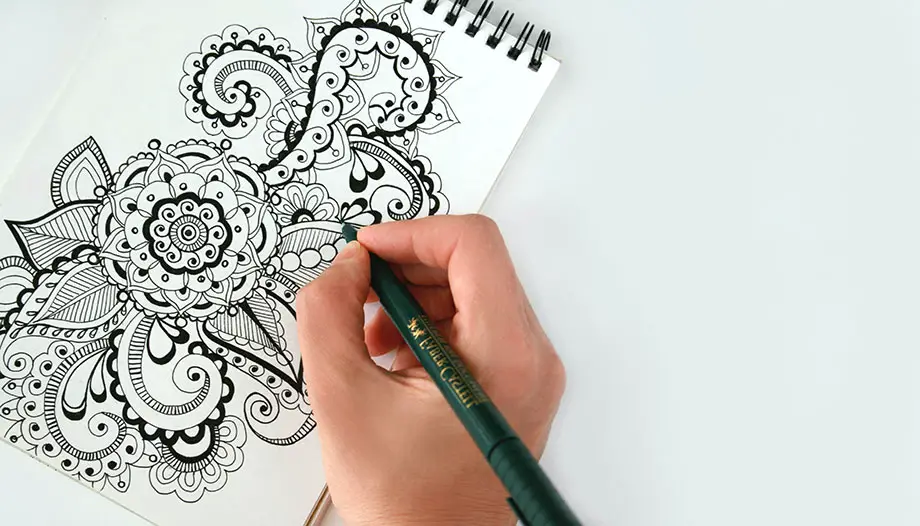
Setting Goals
Now that you’ve assessed your current skill level and identified your strengths and weaknesses, it’s time to set some goals for your drawing practice. Plans can help you stay motivated and focused, giving you a sense of accomplishment as you progress. Here are some tips for setting goals that are specific, measurable, achievable, relevant, and time-bound (SMART):
- Keep it accurate: Maintain accuracy by setting attainable objectives. Be truthful with yourself about what you can accomplish within a particular period.
- Shoot for the stars: That being said, don’t be afraid to aim high. Set goals that challenge you and push you out of your comfort zone.
- Break it down: Break your larger goals into smaller, more manageable steps. This can help you avoid feeling overwhelmed and make progress more quickly.
- Stay focused: Keep your goals in mind as you practice. If you find yourself needing more motivation, remind yourself why you started and what you’re working towards.
Some examples of specific goals you might set include improving your shading skills, practicing figure drawing, or experimenting with a new medium. Whatever your goals are, make sure they are tailored to your individual needs and interests and are realistic, given your schedule and other commitments. Remember, the key to achieving your goals is to stay consistent, stay motivated, and keep pushing yourself to improve.
Finding Inspiration
Finding inspiration that motivates and excites you is one of the most critical parts of getting back into drawing. Here are some tips for finding inspiration and keeping your creative juices flowing:
Get lit
- Explore different art styles and techniques that catch your eye.
- Try out new materials and experiment with other mediums.
- Don’t be afraid to take risks and try something new.
Study the greats
- Identify artists who inspire you and analyze their work.
- Study their techniques and try to incorporate them into your practice.
- Learn from the masters and put your spin on what you’ve learned.
Don’t be basic
Mix it with drawing prompts and exercises to kickstart your creativity. Try removing something from an unusual perspective, or challenge yourself to draw something without lifting your pencil from the paper.
Keep it 100
- Stay true to yourself and your unique style.
- Don’t worry about pleasing others or conforming to a particular aesthetic.
- Be authentic and create from the heart.
Finding inspiration can be a never-ending journey, so don’t be afraid to try new things and explore different avenues. Keep an open mind, stay curious, and have fun with your drawing practice.
Creating a Positive Drawing Environment
Creating a positive drawing environment is crucial for staying motivated and making progress. Here are some tips for setting up a space that’s comfortable, distraction-free, and supportive:
- Get cozy: Set up a comfortable workspace that’s conducive to creativity. This might mean investing in a good chair, finding the perfect lighting, or decorating your space with inspiring artwork or plants.
- Stay focused: Overcome distractions and self-doubt by setting boundaries and creating a routine. Turn off your phone, shut the door, and let yourself focus solely on your drawing practice.
- Squad up: Find a supportive community or accountability partner to keep you motivated and on track. This could be friends who enjoy drawing, an online forum, or a mentor who can offer guidance and feedback.
- Keep it positive: Avoid negative self-talk and focus on your progress, no matter how small. Celebrate your successes, learn from your mistakes, and don’t be too hard on yourself.
Creating a positive drawing environment takes time and effort, but it’s worth it for the sense of satisfaction and accomplishment you’ll feel as you progress. Remember, the key is to stay consistent, stay motivated, and push yourself to improve.

Developing a Consistent Practice
Consistency is critical when it comes to improving your drawing skills. Here are some tips for developing a regular practice that will help you make progress and stay motivated:
Get information
Schedule regular drawing sessions that work with your schedule. This might mean setting aside a specific time each day or week to practice or creating a flexible routine that fits into your lifestyle.
Mix it up
Experiment with different mediums and subjects to keep your practice fresh and exciting. Try working with pencils, pens, paints, or digital tools, and challenge yourself to draw from life, photographs, or your imagination.
Keep it 100
Be honest about your progress and track your growth over time. This might mean keeping a sketchbook or journal, taking progress photos, or simply reflecting on the improvements you’ve made.
Celebrate wins
Remember to celebrate milestones and successes, no matter how small. Whether you’ve mastered a new technique, completed a challenging drawing, or practiced consistently for a set amount of time, take the time to acknowledge your achievements and give yourself a pat on the back.
Developing a consistent drawing practice takes time and effort, but the rewards are well worth it. By setting goals, finding inspiration, creating a positive environment, and staying consistent, you’ll be well on your way to improving your skills and enjoying the many benefits of drawing.
Overcoming Common Obstacles
Even with consistent drawing practice and a positive environment, there are bound to be challenged. Here are some tips for dealing with common obstacles and staying motivated:
- Get unstuck: Dealing with a creative block is a common challenge for artists of all levels. When you feel stuck, try stepping away from your work and doing something completely different. Take a walk, listen to music, or try a new hobby. Sometimes a break is all you need to get back in the groove.
- Haters gonna hate: Handling criticism and rejection is another obstacle many artists face. Focus on constructive and helpful feedback, and don’t take negative comments personally. Remember that everyone has different tastes and opinions and will not appreciate your work.
- Keep it accurate: Maintaining motivation and avoiding burnout is crucial for staying consistent and progressing. To stay motivated, remind yourself why you started drawing in the first place and focus on the joy and satisfaction it brings you. To avoid burnout, take breaks and rest when you need to.
- Stay fresh: Feel free to mix it up and try new things. Experiment with different subjects, mediums, and techniques to keep your practice fresh and exciting. And remember, even the best artists face obstacles and setbacks. The key is to keep pushing through, stay positive, and stay true to your unique vision and style.
Overcoming common obstacles takes resilience and persistence, but with the right mindset and tools, you can achieve your goals and make great strides in your drawing practice. So don’t give up, keep pushing, and remember to have fun along the way!
Conclusion
Congratulations, you’ve made it to the end of this guide on getting back into drawing! Here’s a quick recap of some key takeaways and tips to help you on your artistic journey:
Start where you are: No matter how long it’s been since you last drew, it’s never too late to pick up a pencil and start creating. Don’t be too hard on yourself; remember that progress takes time.
Set goals: Setting clear goals and tracking your progress is a great way to stay motivated and focused. Whether you want to master a specific technique or complete a certain number of drawings, setting goals can help you stay on track.
Find inspiration: Surround yourself with art that inspires you, whether it’s the work of famous artists or your own creations. And don’t be afraid to experiment with different styles and techniques to find what works best for you.
Practice, practice, practice: Consistency is critical to improving your drawing skills. Make time for regular training, experiment with different mediums and subjects, and track your progress.
Returning to the drawing is about having fun, expressing yourself, and enjoying the creative process. Keep practicing, stay positive, and keep pushing yourself to new heights. Don’t be too hard on yourself; don’t give up if things don’t come quickly. Now go forth and create some fantastic art, fam!




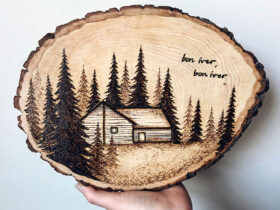
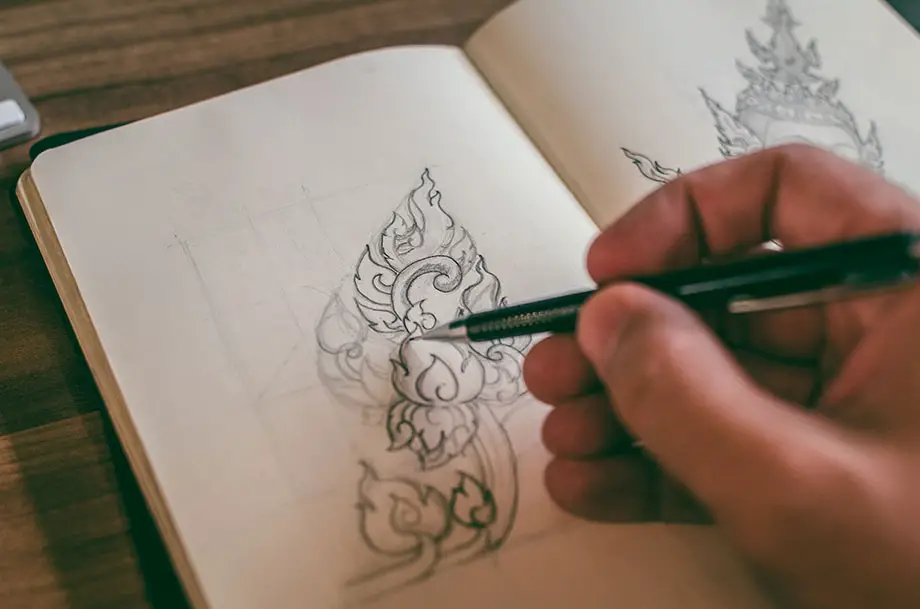
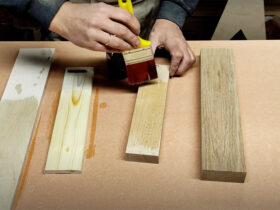
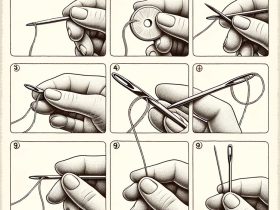


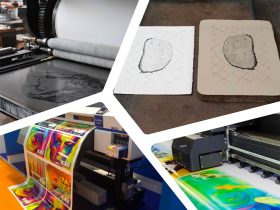


Leave a Reply